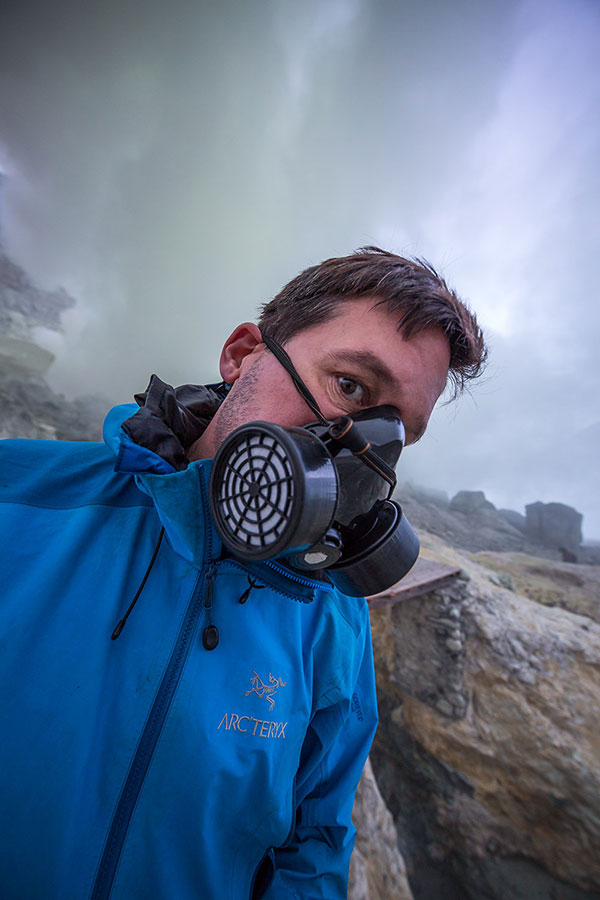Last week’s assignment—foreground—is in many ways the hardest of all the assignments in the Photo Challenge. Although it is easy to find foregrounds for your photos, most people struggle with finding a really good foreground, one that is both interesting and that leads the viewer, both thematically and compositionally, deeper into the scene. While reviewing photos submitted by participants, I saw a lot of photos that fell into this first category: people were including foregrounds in their shots, but they weren’t really doing anything interesting with them. I saw very few examples of the second category; as I said, this one is really tough. So for the first time during this challenge, I’m going to admonish you all to practice foregrounds more, and really try to think more critically—and creatively—about how to do so in a compelling and artistic way.
That said, there are a few photos submitted for this challenge that really stood out to me, either as good examples of foreground use, or simple as really good or interesting photos. Here are a few that caught my eye. As always, feel free to click on the images to leave questions or comments for the individual photographers.
This week’s best shots
This first photo by Philipp S. Fischinger is a really lovely shot. The foreground boulders nicely complement the overall scene, and they help to lead the eye. Philipp’s use of foreground here is very competent—and certainly, not every foreground needs to be compelling—but as I said above, I was really hoping for some more creative use of foregrounds for this challenge. So although this is a fantastic photo, I encourage Philipp and everyone else to push their creative boundaries more with this type of shot. One possibility would be to get closer and lower to one of the foreground boulders, making it a more prominent part of the scene. Another possibility would be to look for a more intricate pattern of boulders, possibly something framing the reflection of the mountain.
This next photo by Nair Sankar is a good example of a foreground that is both interesting and that draws the eye deeper into the scene. The “moving rock” from the Racetrack in Death Valley is very interesting, and it certainly enhances the viewer’s curiosity, while the track behind the rock acts as a leading line, propelling the viewer deeper into the composition. A slight change in position to have the trail pointing to and falling directly under the Milky Way would have been even better, but this is very nicely done as is.
Stuart Bell’s photo of reflections in a small stream is really stunning. The use of foreground isn’t really a big feature of this composition, but the rest of the photo is beautifully executed. I love the texture created by all of the roots and the matching shapes of the reflected tree trunks, and the s-curve shape created by the water effectively leads the eye through the entire composition.
I think this next photo, by Randy Wilson, really comes very close to the ideal use of foreground. Here, the foreground element (glacial ice beached on the shore in Iceland) dominates the composition. Notice how close Randy got, filling the bottom part of the image frame with his foreground. I love how the waves wrap around the ice, creating leading lines pushing the eye to the stunning sunset in the background. Excellent work!
I really like this spooky photo by Kevin Travis. The boardwalk nicely leads the eye from foreground to background, and I love the texture created by the bare trees and how they frame the boardwalk receding in the distance. I also like the desaturated, grey look to the photo. Once again, the foreground use here is competent, but not the really compelling and creative use of foreground that I am pushing everyone to do. But this is really sweet nonetheless!
I really like what Bill Baker has done with this next photo. The foreground books loom large and have become a very prominent part of the composition. But I guess I’d like to see Bill go in even closer, making perhaps just one of the books his main focus, filling the foreground space with it (perhaps the open book would be a good candidate). Closer and bigger is always a good strategy when you are looking to make your foreground really compelling.
Finally, Jo Ann Tomaselli submitted this really nice photo of two photographers reflected in a puddle at the top of a mountain. The foreground shapes nicely lead the eye deeper into the scene, and the puddle makes a nice middle ground. The eye’s journey then continues to the two men and the sky beyond. I’m glad that Jo Ann resisted the temptation to put the puddle in the foreground; instead, she has foreground shapes that lead to the puddle in the middle ground, which gives the composition more depth. Foreground/background usually works well, but foreground/middle ground/background almost always works even better!
Well, that’s my recap for foreground, but you all have a lot of work to do. So get out there, get close, get wide, and get really creative with your foregrounds. In your spare time, of course—the next assignment is coming soon!
Keep up the good work everyone!
About the author: World-renowned professional photographer and Tamron Image Master Ian Plant is a frequent contributor to several leading photo magazines and the author of numerous books and instructional videos. You can see more of Ian’s work at www.ianplant.com.
Have something to add to the story? Leave a comment or email editor@outdoorphotographyguide.com.

Share tips, start a discussion or ask other students a question. If you have a question for an expert, please click here.
Already a member? Sign in
No Responses to “Photo Challenge Week 5 Recap: Foreground”